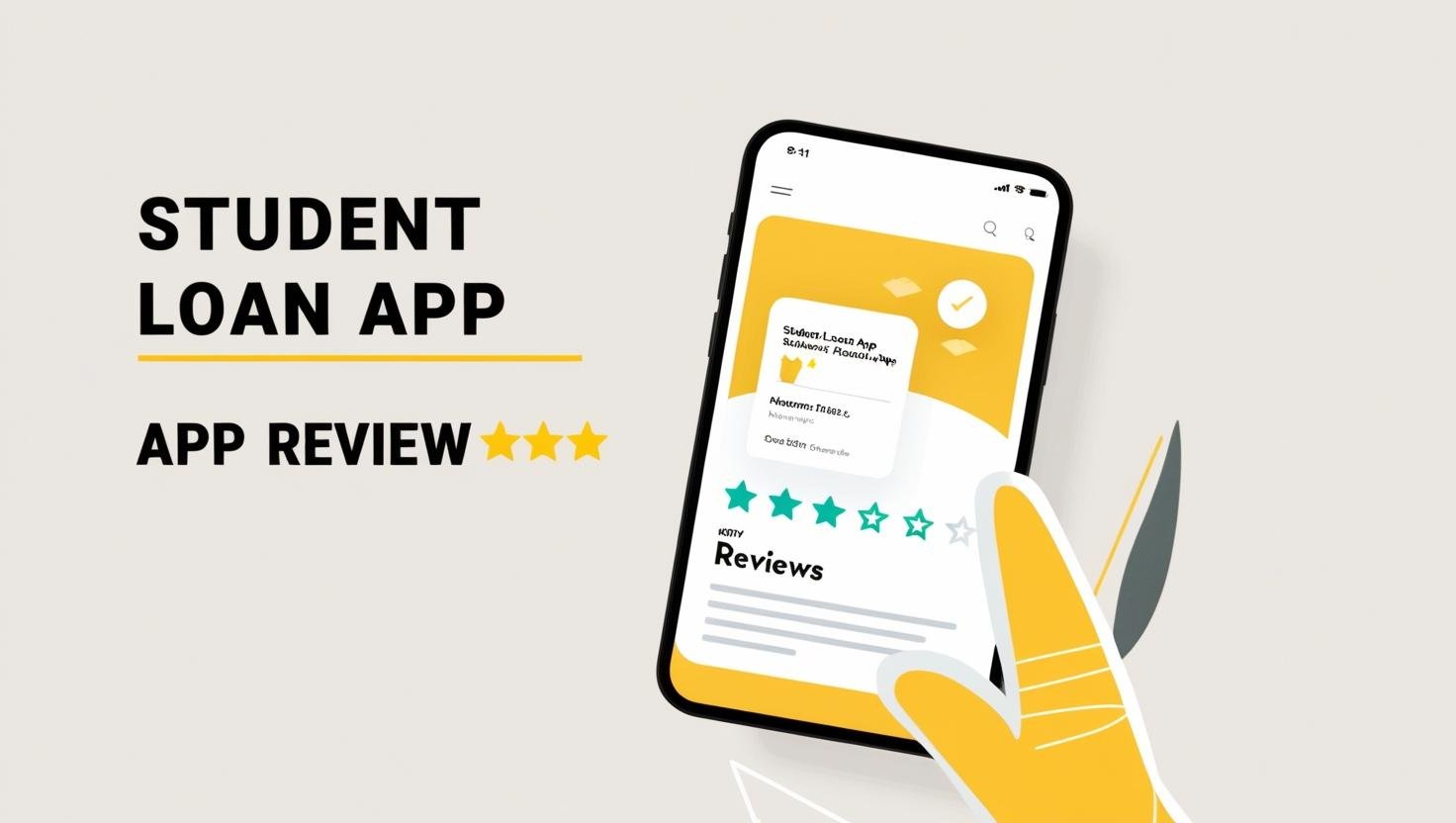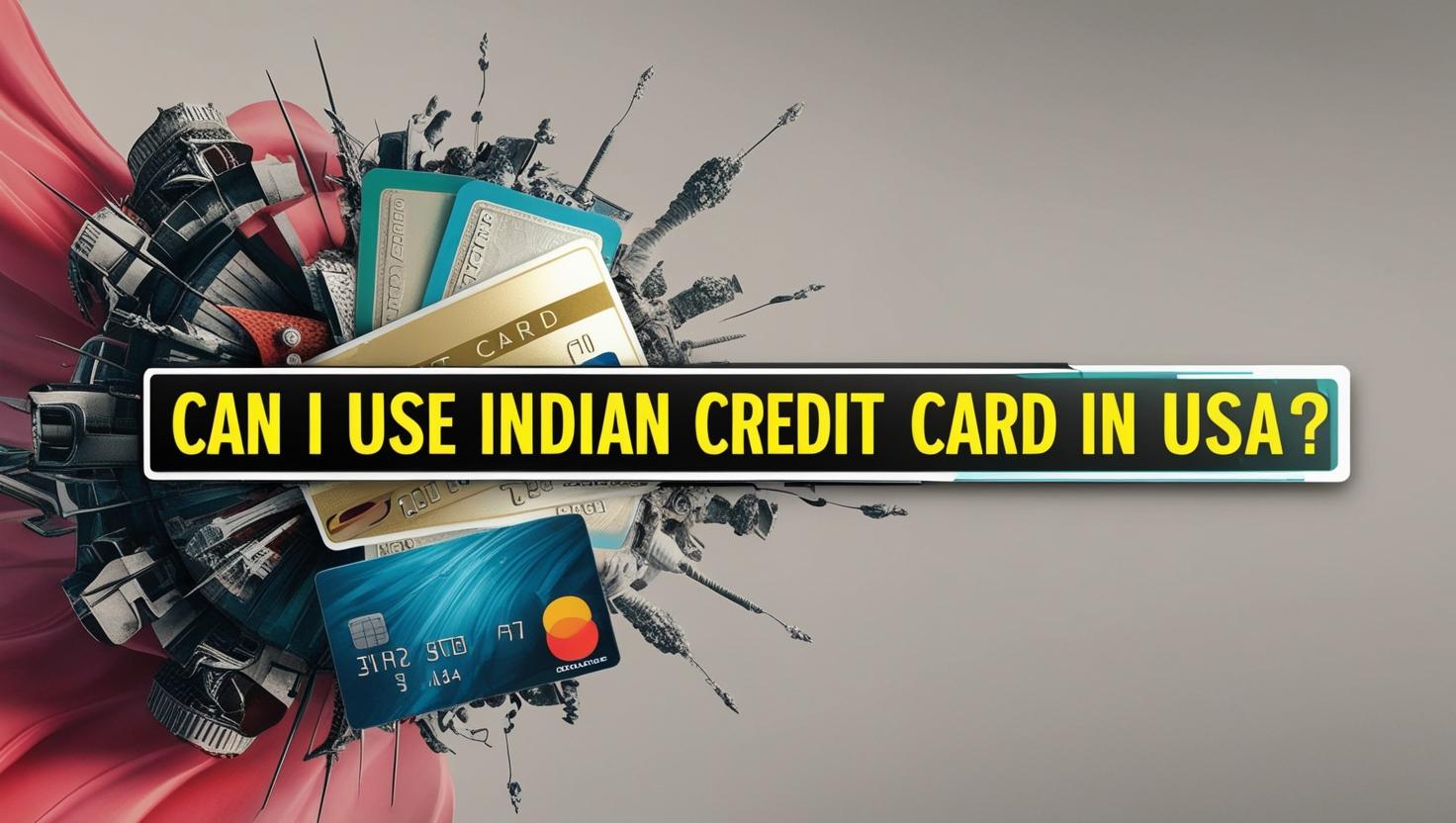Now Reading: Student Loan App Review 2025: I Saved $3,247 Using These Hidden Features
-
01
Student Loan App Review 2025: I Saved $3,247 Using These Hidden Features
Student Loan App Review 2025: I Saved $3,247 Using These Hidden Features

Many borrowers now take 20 years to clear their student loans. Student loan apps are changing this reality and give borrowers smarter ways to handle education debt that could reduce repayment time by years.
These apps let students borrow anywhere from $500 to $500K with interest rates between 12% and 36% per year. Students can now access financial help more easily through these apps. The apps’ features include purchase round-ups for extra payments and automated saving tools that help manage debt quickly. Some users have found hidden features that help them save a lot on interest payments as time goes by.
Why I Turned to Student Loan Apps in 2025
The financial world of higher education in 2025 looks completely different from what earlier generations knew. College costs have more than doubled in the 21st century. Tuition has increased at a compound annual growth rate of 4.04%. These rapid price hikes made me look for alternatives to traditional financing methods.
Rising education costs and limited funding options
I found that the average cost of college had reached $38,270 per student annually. This includes books, supplies, and living expenses. Published tuition rates for the 2024-25 academic year hit $11,610 for public four-year in-state students and $43,350 for private nonprofit institutions.
Money for education kept getting scarcer. State tax appropriations for education dropped 28.1% since 2001. This created a bigger gap between available financial aid and actual costs. Federal assistance programs helped, but scholarships or grants covered only 26% of families’ college costs in 2022.
Total postsecondary enrollment dropped by 5% between 2019 and 2022, mostly because people couldn’t afford it. On top of that, the income gap between the richest and poorest families grew wider. Top quintile families saw a 54% increase compared to just 37% for the lowest quintile.

Problems with traditional student loans
Traditional lending methods created more problems than solutions. Federal student loan debt grew to $1.62 trillion. The total jumped from $387 billion to $1.8 trillion between 2000 and 2020. Before 2020, about a million students defaulted each year.
Regular loans trapped borrowers in long repayment periods—sometimes lasting 30 years. This financial weight affected life choices heavily. Many graduates chose high-paying jobs instead of following their passions.
The complex application process for traditional loans created another hurdle. Students faced mountains of paperwork, long waiting times, and rigid repayment options. About 12% of student loan borrowers couldn’t keep up with payments by 2021. These problems were systemic with conventional financing.
Student loan apps offered a better way forward with efficient processes and less paperwork. They gave students flexible loan amounts and customizable repayment plans. These digital platforms revolutionized student borrowing and fixed many issues that made me search for better options.
How I Chose the Best Student Loan App for My Needs
Looking for the perfect student loan app meant scrutinizing multiple features beyond just simple functionality. The search needed a balance between competitive rates and flexible terms. My goal was to find options that wouldn’t put pressure on my family members or need valuable assets as collateral.
Comparing interest rates and repayment terms
Student loan apps showed significant differences in interest rates. Fixed rates ranged from 4.25% to 15.49%, while variable rates went from 5.37% to 15.70%. Medical students got better deals with fixed rates from 4.25% to 14.46%.
Loans without cosigners had higher rates naturally. One provider set rates at 8.30% to 13.61% for credit-based loans and 12.86% to 14.85% for outcomes-based loans. Fixed interest rates gave more stability than variable ones that changed with market conditions.
The ability to be flexible with repayment became crucial. The best apps let users customize terms between 5-15 years. Traditional federal loans usually stuck borrowers with 10-year standard plans. Some apps gave grace periods of up to 6 months after graduation. This breathing room helped before payments kicked in.
Plus, apps without prepayment penalties and those with income-based repayment options caught my attention. These features kept payments affordable whatever career path I chose.
Checking for no-collateral and no co-signer options
Most traditional lenders want co-signers to improve approval odds and reduce interest rates. Even so, getting my family involved with finances wasn’t the best option. Several apps offered no-cosigner loans based on academic performance and future earning potential instead of credit history.
Students without cosigners are 3 times more likely to get approved through certain student loan apps compared to traditional private providers. Some apps approved loans for students with limited credit history who managed to keep good grades.
No-collateral features made a big difference too. These apps based decisions on potential rather than requiring valuable possessions as security. Traditional secured loans could claim family assets if payments stopped. This approach kept my family’s assets safe while giving access to needed funding.
The comparison of these factors across platforms helped me pick an app with the best mix of competitive rates, flexible terms, and freedom from cosigner requirements.
Hidden Features That Helped Me Save $3,247
I found several hidden features in my student loan app that saved me $3,247 on my education debt. A deep dive into the app revealed some great but rarely promoted tools that made a real difference in my loan payments.
Auto-roundup payments and micro-savings tools
The round-up feature turns spare change from daily purchases into extra loan payments. My $5.65 sandwich purchase rounded up to $6.00, and the app put that $0.35 straight toward my student loan. These small savings might not seem like much at first, but they add up fast. A typical borrower with a $30,000 loan balance at 5.9% interest over 15 years can save about $4,000 in interest costs and cut repayment time by 3.5 years.
The app offered more than simple roundups. I found options to transfer $5, $10, or any amount whenever I had extra money. Some apps even made it fun with game-like features that gave points for hitting milestones and entered users into weekly drawings for free loan payments.
Referral bonuses and cashback on repayments
The referral programs turned out to be a goldmine. ELFI gave me $400 for each friend who refinanced through my link, Earnest offered $200, and other apps had similar rewards. My friends got something too – $100-$200 credits on their loan balances.
On top of that, some credit cards gave extra cashback just for student loan payments. The Laurel Road card paid 2% cashback toward student loans instead of the usual 1% for other stuff. A few cards even threw in sweet sign-up bonuses – like $300 after spending $3,000 in the first 90 days.
Flexible EMI scheduling and interest-free periods
My repayment schedules could match my income changes perfectly. Though hard to find, some non-profit organizations offered interest-free student loans. Federal loans let me use income-based repayment plans that adjusted my monthly payments based on my financial situation.
Government-subsidized federal loans gave me another break by covering interest while I was in school. Auto-pay functions helped me avoid late fees, but I had to remember to sign up again after any payment pauses.
Tips to Maximize Savings Using Student Loans App
Student loan apps work best when they’re part of a bigger financial toolkit. Smart integration with other money management tools can save you a lot of money as time goes by.
Combining budgeting apps with loan apps
Your student loan app becomes much more powerful when you pair it with dedicated budgeting tools. YNAB (You Need A Budget) helps college students track their spending and manage growing student loans. This frees up mental bandwidth for studies and social life. Mint lets users see their spending patterns and loan balances together, which helps find extra money to put toward loan payments. These tools make it easy to import transactions and connect with your bank’s mobile app.
Take a good look at your checking account activity to understand where your money goes before picking a budgeting app. This knowledge helps you sort out what you actually need versus what you want, which creates room in your budget to pay more toward loans. To name just one example, see how Goodbudget uses digital envelopes to divide money between different expense categories – it turns red when you go over your limits.
Avoiding penalties through smart reminders
AutoPay through your student loan app is the best way to never miss a payment. Federal student loan servicers give borrowers a 0.25% interest rate discount when they use AutoPay. This small percentage is a big deal, as it means that savings add up over your loan’s lifetime.
The loan apps come with built-in alerts that warn you before payments are due, which helps if you’re having trouble paying. The Biden administration has added a 12-month “on-ramp” period through September 30, 2024. This protects borrowers from most consequences of missed payments. Your credit score won’t take a hit during payment gaps, though interest keeps adding up.
Money problems happen, so reach out to your loan servicer right away if they do. Loan servicers know many borrowers face tough times and usually have ways to help. Set up calendar reminders and phone alerts on top of your loan app’s notifications to stay completely clear of collection fees.
Conclusion
Student loan apps are powerful tools that help you manage your education debt better. Smart features like auto-roundups, referral programs, and strategic payment scheduling can save you thousands on your loans. These apps work best when you combine budgeting tools with automated payment systems, especially when you have the 0.25% AutoPay discount from federal loan servicers.
Digital lending platforms solve many common loan issues and give you better approval rates with flexible terms. Debt management becomes easier with smart reminders, customizable repayment schedules, and micro-savings tools. Students seeking financial independence can save real money – one user saved $3,247 by using these hidden app features.
These apps keep getting better with innovative solutions for education financing. Anyone dealing with student debt will find their accessible interface and money-saving features helpful. Success comes from understanding these tools and using automated systems to keep your payments on track.
FAQs
Q1. How do student loan apps differ from traditional student loans? Student loan apps offer more flexible borrowing options, streamlined application processes, and customizable repayment plans. They often provide features like auto-roundup payments, referral bonuses, and integration with budgeting tools, which can lead to significant savings over time.
Q2. What hidden features in student loan apps can help save money? Some hidden features include auto-roundup payments that convert spare change into loan payments, referral bonuses for recommending friends, cashback on repayments, and flexible EMI scheduling. These features can collectively lead to substantial savings on interest and reduce the overall repayment time.
Q3. Are there student loan options available without a co-signer or collateral? Yes, several student loan apps offer no-cosigner and no-collateral options. These loans are often based on factors like academic performance and future earning potential rather than credit history, making them more accessible to students without established credit or valuable assets.
Q4. How can I maximize savings when using a student loan app? To maximize savings, consider combining your student loan app with budgeting tools, setting up auto-pay to avoid penalties and receive interest rate discounts, utilizing referral programs, and taking advantage of cashback offers on loan repayments. Additionally, explore flexible repayment options that align with your income fluctuations.
Q5. What should I consider when choosing a student loan app? When selecting a student loan app, compare interest rates and repayment terms across different providers. Look for apps that offer no-collateral and no-cosigner options if needed. Consider features like auto-roundup payments, referral bonuses, and integration with budgeting tools. Also, check for flexible repayment schedules and any potential discounts for automatic payments.


